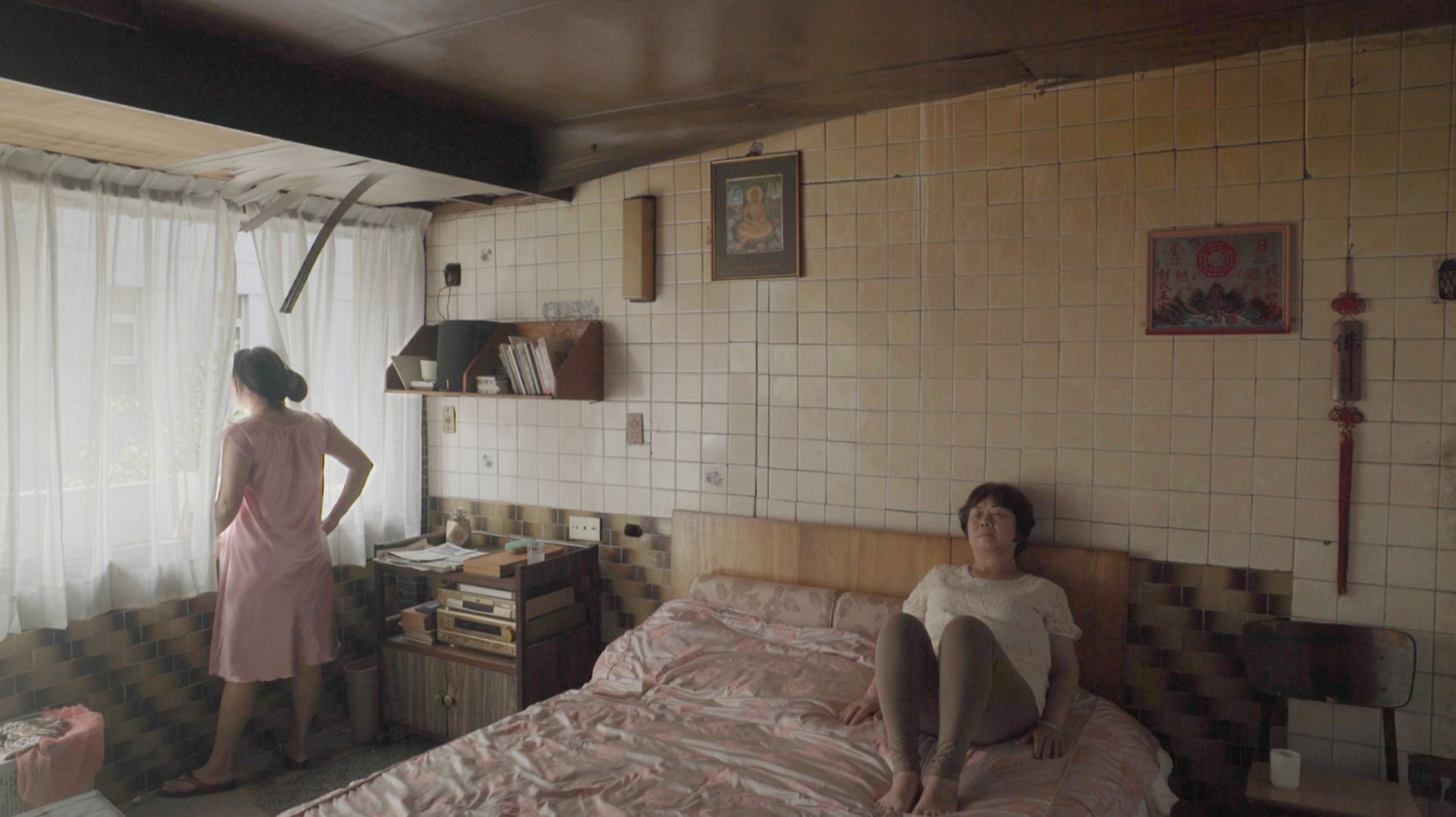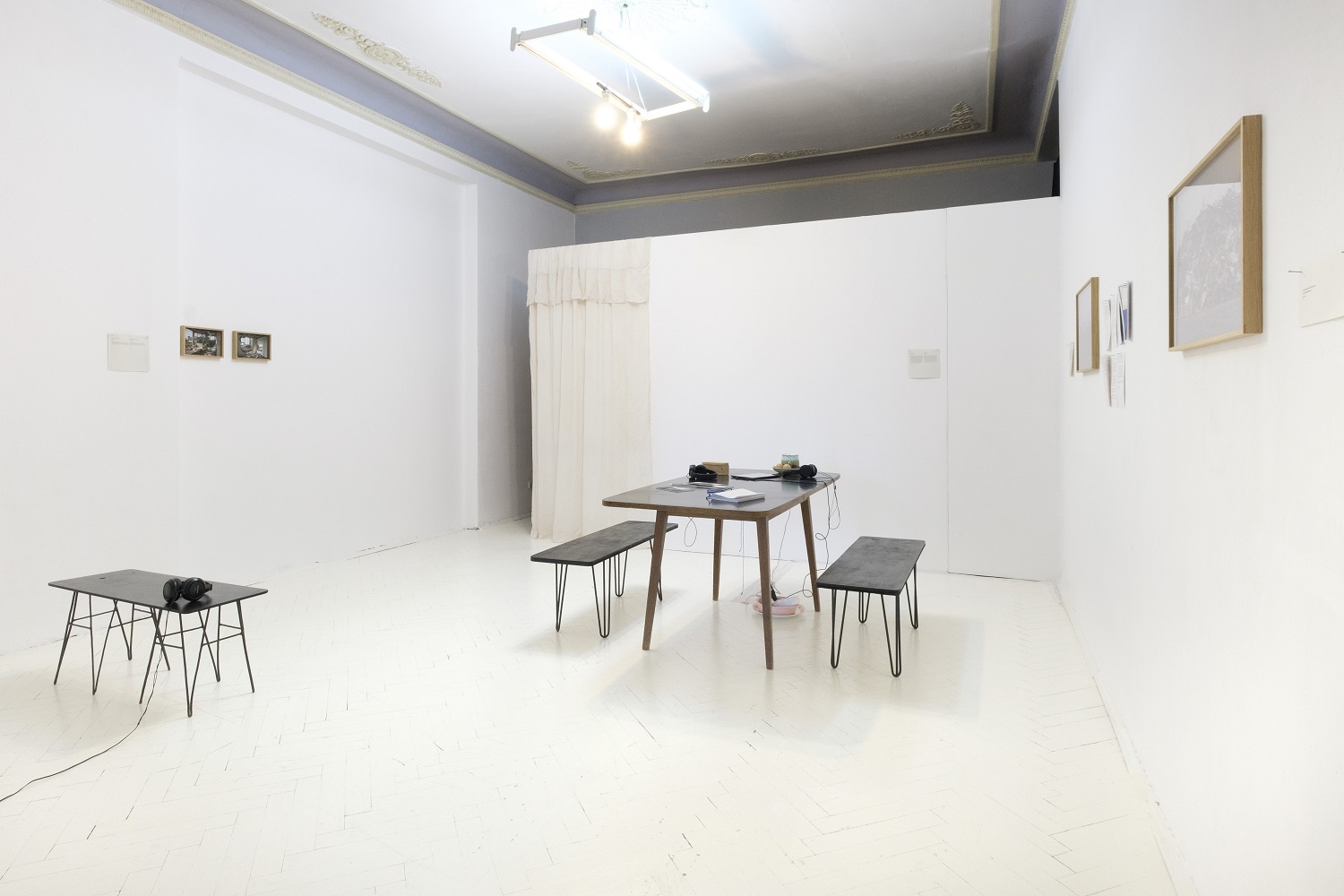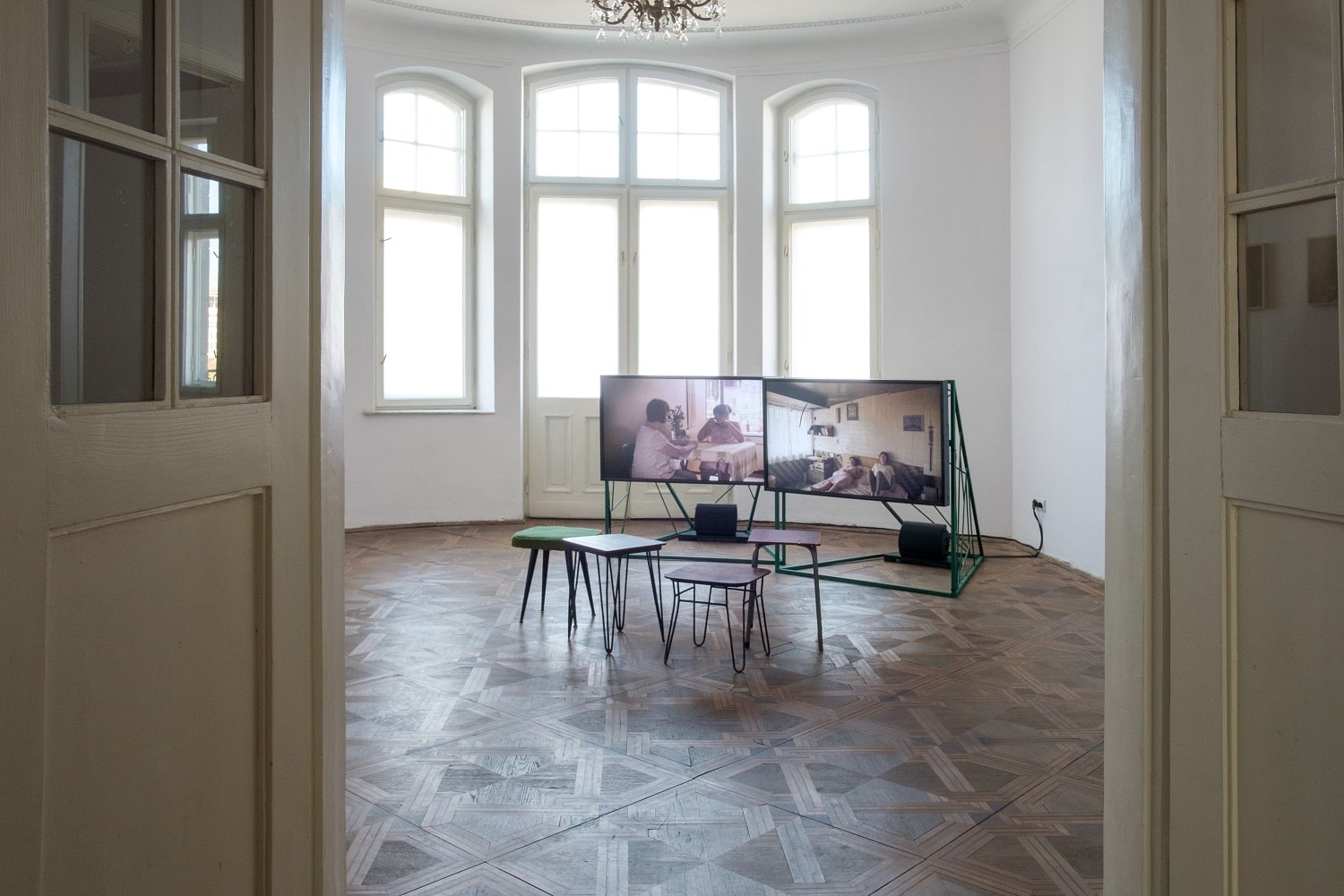Głównym tematem wystawy „Kurz” jest problem utraty domu. W projekcie realizowanym od 2018 roku Karolina Breguła podejmuje temat masowych eksmisji i wyburzeń. Przygląda się mechanizmom gentryfikacji oraz taktykom oporu wobec nich, procesom społecznym zachodzącym w niszczonych dzielnicach i doświadczeniu jednostek, które ucierpiały w wyniku utraty domu. Na wystawę składają się fotografie, instalacje filmowe, zapis spektaklu, obiekty i książka napisana we współpracy z badaczami i badaczkami oraz osobami doświadczającymi eksmisji. Artystka snuje wielowątkową opowieść, w której stara się uchwycić moment życiowej zmiany oraz wiążącej się z nią niepewności i niestabilności, będących udziałem mieszkańców i mieszkanek dzielnic przechodzących transformację. Jej prace są opisem procesów urbanistycznych i ich niedoskonałości, równocześnie będąc dokumentem oporu i nadziei, zmęczenia i rezygnacji oraz tego, co jedna z bohaterek książki nazywa ćwiczeniami z utraty kontroli.
Tytułowy kurz z wyburzeń przemieszcza się szybko. Jak wykazała zamówiona przez Bregułę ekspertyza, w mało wietrzny dzień pył pochodzący z rozbiórki domu jednej z bohaterek książki przeleciał ponad sto kilometrów, w odludne miejsce daleko za miastem. Resztki po domach, których nie rozwiał wiatr, wywiozły ciężarówki. Zmiany w opisywanych przez artystkę miejscach są nieodwracalne, a ich dowody szybko znikają z pola widzenia. „Kurz” ma być okazją do przyjrzenia się temu, co zazwyczaj umyka w odgórnie narzucanych procesach modernizacji – indywidualnemu doświadczeniu utraty domu, przynależności i tożsamości. Wystawa będzie także pretekstem do refleksji nad wydarzeniami ściśle powiązanymi z tożsamością europejską – zjawiskiem masowych wysiedleń mających miejsce w Europie, w okresie dyktatur i reżimów totalitarnych, ale również ze współczesnym zjawiskiem gentryfikacji, które dotyka mieszkańców niemal każdego państwa.
The exhibition Dust revolves around the problem of losing one’s home. In her project, developed since 2018, Karolina Breguła addresses the topic of mass evictions and demolitions. She examines the mechanisms of gentrification and the tactics of resistance against them, the social processes that take place in the areas under demolition, and the experience of individuals who have suffered the loss of home. The show comprises photographs, film installations, spectacle footage, objects, and a book written in collaboration with scholars and victims of evictions. The artist weaves a multi-layered tale through which she seeks to capture the life-changing moment as well as the resulting uncertainty and instability experienced by residents of areas undergoing transformation. Breguła’s works depict urban planning processes and their imperfections, while also documenting resistance and hope, exhaustion and resignation, and something that one of the book’s protagonists calls exercises in losing control.
The eponymous dust generated by demolitions moves fast. According to a report commissioned by Breguła, the dust from the demolished house of one of the book’s protagonists travelled the distance of more than one hundred kilometres to a secluded location far away from the city on a day with little wind. The remnants of houses, which had not been scattered by wind, were taken away on trucks. The places described by the artist experience irreversible changes, whose evidence quickly disappears from the field of vision. Dust aims to offer a chance to examine something that is usually missing from top-down modernisation processes: the individual experience of losing one’s home, sense of belonging and identity. The exhibition also offers a pretext for reflecting on developments closely tied with European identity: on the phenomenon of mass evictions in Europe during the period of dictatorships and totalitarian regimes as well as on modern-day gentrification, experienced by the inhabitants of almost every country.
Prasa / Press
Arkadiusz Półtorak, Ćwiczenia z perspektywy. Notatki z Warsaw Gallery Weekend, „RESTART”

























